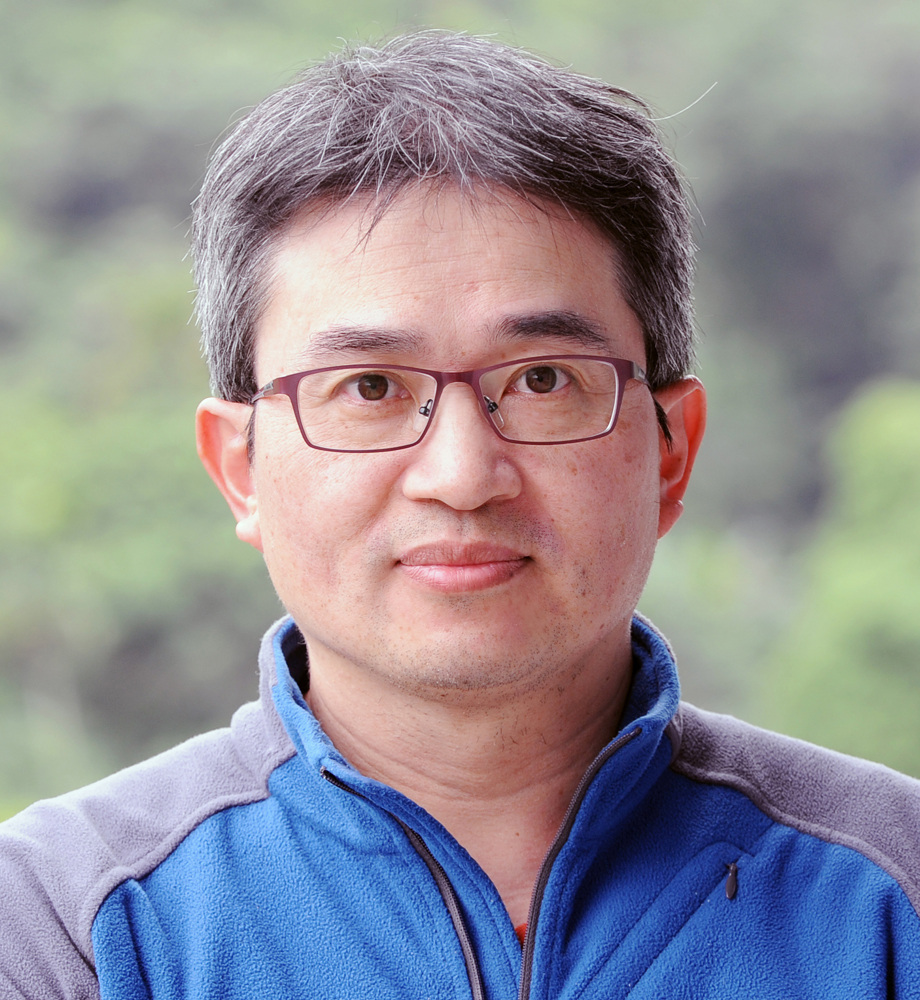

Shiu, Chein-Jung許乾忠
Associate Research Specialist
Research Interests
Cloud macrophysics and microphysics in GCMs, Cloud physics parameterizations, Aerosol-cloud-radiation-climate interactions, Development of Earth System Model, Atmospheric chemistry modeling, Extreme precipitation changes
Representative Publications
Shiu, C.-J.* et al., 2022: Examining climatic impacts of the four fast-physics parameterizations of TaiESM1, Technical Report, RCEC, Academia Sinica
Shiu, C.-J.*, Y.-C. Wang, W.-T. Chen, H.-L. Pan, R. Sun, Y.-H. Chen, H.-H. Hsu, and C.-A. Chen, 2021: GTS v1.0: A Macrophysics Scheme for Climate Models Based on a Probability Density Function, Geosci. Model Dev., 14, 177-204, https://doi.org/10.5194/gmd-14-177-2021.
Shiu, C.-J.* et. al., 2018: Modifying Cloud-Related Physical Parameterizations for TaiESM, Technical Report, RCEC, Academia Sinica
Lee, W.-L., Wang, Y.-C., Shiu, C.-J., Tsai, I., Tu, C.-Y., Lan, Y.-Y., Chen, J.-P., Pan, H.-L., and H.-H. Hsu, (2020). Taiwan Earth System Model Version 1: description and evaluation of mean state, Geosci. Model Dev., 13, 3887-3904, https://doi.org/10.5194/gmd-13-3887-2020.
Shiu, C.-J., Shaw Chen Liu*, Congbin Fu, Aiguo Dai and Ying Sun (2012): How Much do Precipitation Extremes Change in a Warming Climate? Geophys. Res. Lett., 39, L17707, doi:10.1029/ 2012GL052762.
Liu, Shaw Chen*, Congbin Fu, C.-J. Shiu, Jen-Ping Chen, Futing Wu, (2009): Temperature Dependence of Global Precipitation Extremes, Geophys. Res. Lett., 36, L17702, doi:10.1029/2009GL040218.
Shiu, C.-J., S. C. Liu*, and J.-P. Chen, (2009): Diurnally asymmetric trends of temperature, humidity and precipitation in Taiwan, J. Climate, Vol. 22, No. 21, 5635–5649
Chou, C. C.-K. *, C.-Y. Tsai, C.-J. Shiu, S. C. Liu, T. Zhu, (2009): Measurement of NOy during CAREBEIJING-2006: Implications for the ozone production efficiency of NOx. J. Geophys. Res. 114, Issue D7, CiteID D00G01.
Shiu, C.-J., S. C. Liu*, C.-C. Chang, J.-P. Chen, C. C. K. Chou, C.-Y. Lin, and C.-Y. Young, (2007): “Photochemical Production of Ozone and Control Strategy for Southern Taiwan”, Atmos. Environ., 41, 9324–9340.
Techniques & Development
Cloud microphysics matters in simulating convective clouds in GCMs
Cloud microphysical processes in convective clouds are often ignored or parameterized in a relatively crude way, e.g., via assuming a constant for converting cloud water to precipitation universally in GCMs. A two-moment warm-cloud microphysical scheme is implemented into the cumulus parameterization scheme (CPS) of the Taiwan Earth System Model (TaiESM) version 1 for better descriptions of the warm-cloud and warm-rain processes. Many significant improvements regarding simulations of precipitation and clouds are observed. Cumulus parameterization with explicit warm-cloud parameterization tends to reduce the convective precipitation fraction over tropical to subtropical regions and is qualitatively closer to that retrieved from satellite observations. Such changes also lead to increases in liquid water and ice amounts in the stratiform clouds over these regions. Spatial distribution patterns of the cloud liquid water path simulated with our scheme are also quite comparable to those of AMSR-E. By comparing to CloudSat satellite observations, the simulation of spatial and vertical distributions of precipitating and non-precipitating cloud ice (i.e., snow) are also improved. These improvements highlight the importance of applying more physics-based approach for converting cloud liquid mass to rainwater in the cumulus parameterization schemes in modern general circulation models (GCM). The primary mechanism behind these changes is an increase in detrained cloud liquid and ice due to the decrease in convective precipitation as a consequence of weaker cloud liquid to precipitation conversion rates from the explicit warm-cloud microphysics. Our modified parameterizations can be applied to study aerosol–cloud–precipitation interactions in convective clouds in GCMs.
We also notice that inclusion of cloud microphysics in the CPS of TaiESM can lead to observable improvements in simulating eastward propagation of the Madden-Julian Oscillation (MJO). Detailed tendency terms of the individual moist physical parameterizations are specifically examined to insight the mechanisms accounting for it and we suggest that such enhanced eastward propagation of MJO can be explained by the so-called “moisture-stratiform instability” mechanism owing to the enhanced latent heating induced by the modified CPS.
